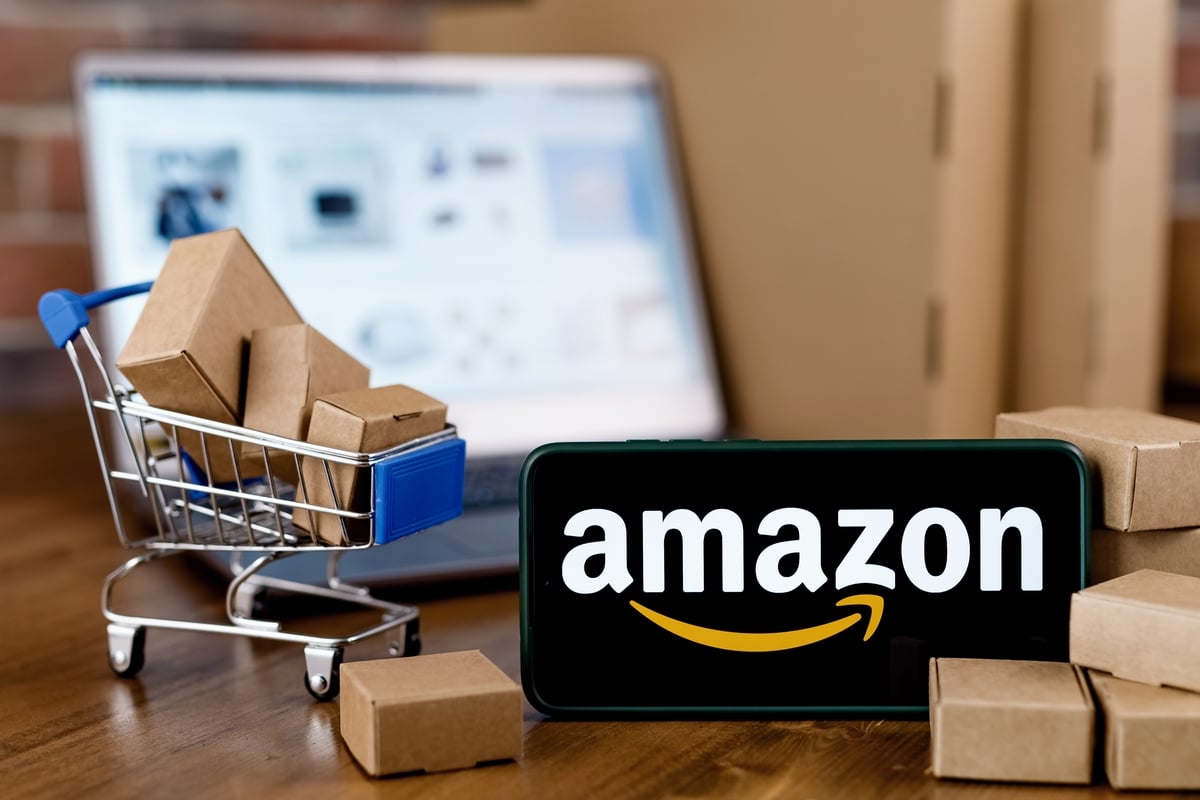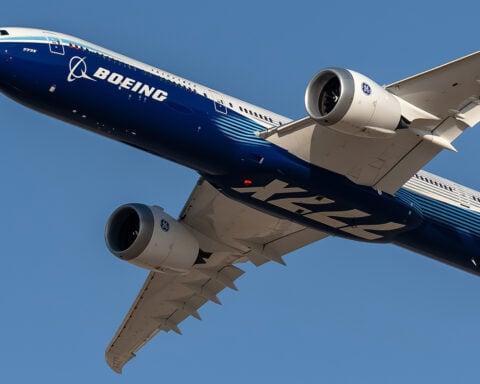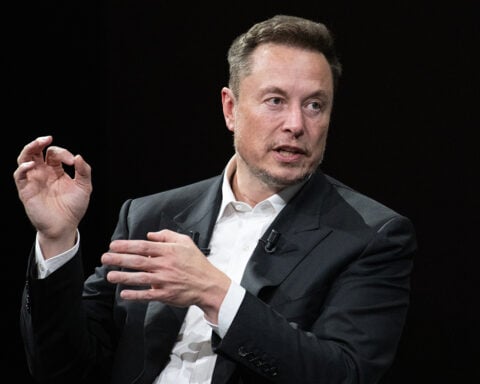Amazon’s digital commerce showed signs of resurgence in the quarter ending in June, despite broader economic lethargy and hesitant consumer spending in recent months.
According to the company, this surge was credited to CEO Andy Jassy’s initiative to enhance the efficiency and speed of Amazon’s delivery infrastructure.
This strategy contributed a significant 11% year-over-year sales increase to an impressive $134.4bn (£105.4bn), surpassing predictions.
The company’s July Prime Day event broke records, with a staggering 375 million items sold.
Surprising analysts, Amazon reported quarterly profits of $6.7bn (£5.2bn), a vast improvement from a $2bn loss the previous year, marking their highest gain in over a year.
Jassy hailed the results as evidence of “another strong quarter of progress.”
While Amazon is widely recognized for its e-commerce, its financial performance is heavily influenced by divisions like AWS, its cloud computing service, and in recent years, advertising.
The company revealed that AWS sales had stabilized, showing a 12% year-over-year growth, as businesses express less economic apprehension. Meanwhile, advertising revenue experienced a 22% year-on-year boost.
This report arrives amidst other data indicating a possible brightening of the global economic landscape.
Company executives noted that while customers are still cautious with their spending due to fast-paced inflation in several countries, signs of easing are beginning to appear.
Following a stagnant start, the company reported a 4% year-on-year growth in its online sales for the April to June period.
Andrew Lipsman, Principal Analyst at Insider Intelligence, noted the revival in Amazon’s e-commerce segment as a positive sign for its yearly performance.
Even the international sector, which saw declining figures a year ago, now reports approximately 10% growth in sales.
After experiencing decelerated growth following the pandemic-induced boom, Amazon has been striving to retain its leading position in online commerce.
Under Jassy’s leadership, which began two years ago, the company has emphasized cost reductions and efficiency improvements, leading to substantial job cuts and restructuring its delivery system. This resulted in orders being dispatched regionally, closer to customers.
Despite these cuts, Jassy affirmed that the company continues to make substantial investments, especially in artificial intelligence, a topic that has fueled Wall Street discussions and share price spikes.
Amazon’s stock has already seen a 50% rise this year. After the latest announcement on Thursday, shares spiked by more than 7% in after-hours trading.
Julian Skelly, managing partner at Publicis Sapient, a digital consultancy firm in Europe, highlighted Amazon’s real power comes from the expansiveness of its ecosystem.
He noted, “The indications of slowing inflation and wider market growth suggest we might anticipate a stronger-than-expected performance in the second half of 2023.”
Its resilience and adaptability continue to shine as Amazon navigates economic fluctuations. Various strategic initiatives, from improving delivery efficiencies to investing in cutting-edge technology like artificial intelligence, underpin its ongoing success. As signs of a recovering economy emerge, alongside potential reductions in inflation, analysts anticipate Amazon will sustain its upward trajectory in the second half of 2023, solidifying its position as a dominant force in global e-commerce.







